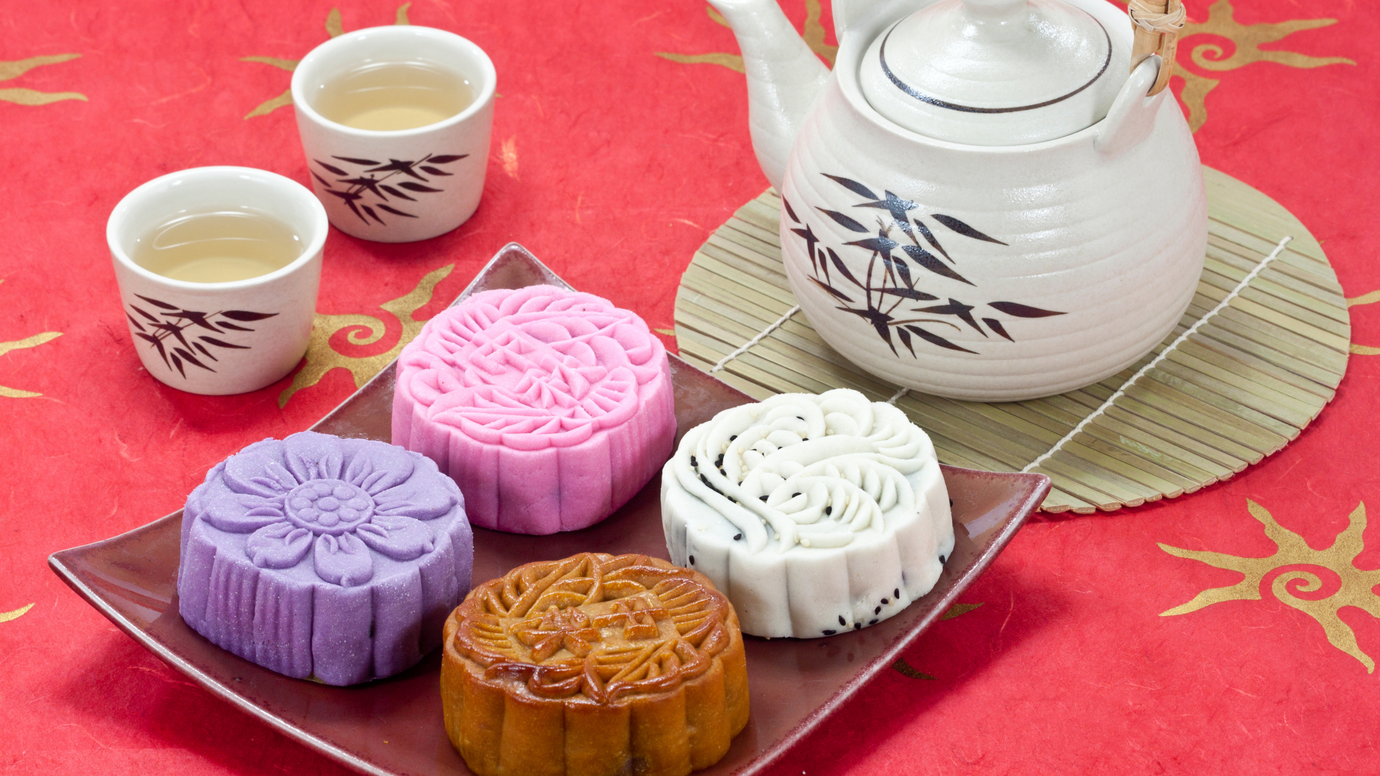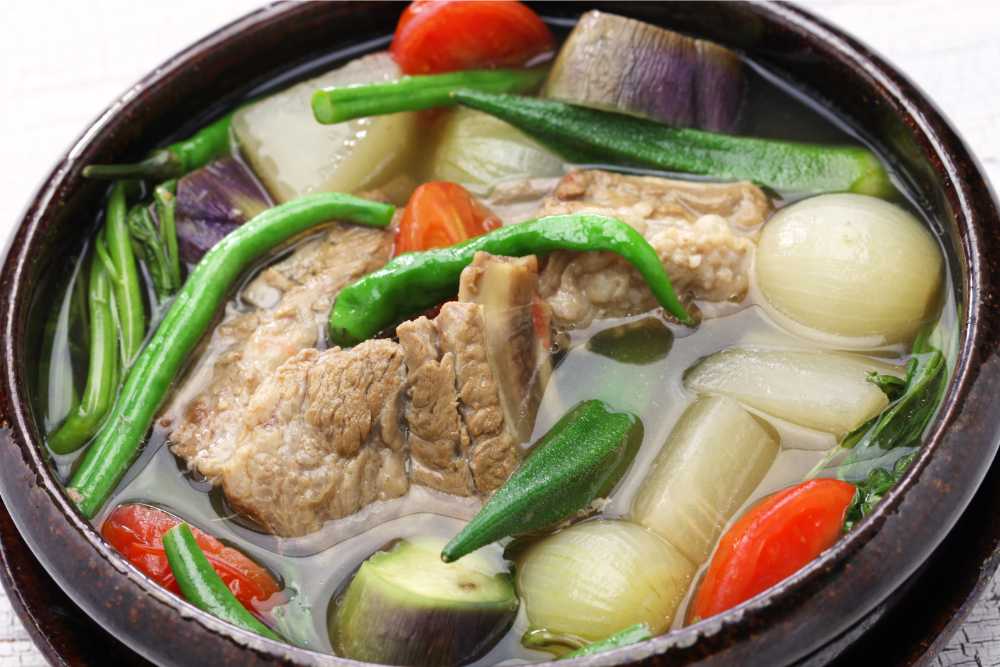Introduction:
When we talk about Filipino cuisine, we're not just talking about food; we're diving into a rich tapestry of flavors, traditions, and heartwarming stories. Filipino food embodies the soul of the archipelago, and in this culinary journey, we're going to explore the vibrant world of Filipino cuisine and heritage.
The Filipino Feast: A Symphony of Flavors:
Picture this: a long table filled with an array of dishes. Adobo, with its savory and slightly tangy taste, sits next to the sweet embrace of pancit. Sinigang's sour note contrasts beautifully with the creamy comfort of kare-kare. This is the Filipino feast, a symphony of flavors that captivate the senses.
Adobo: Let's start with the national dish, Adobo. It's the Philippines' love letter to savory goodness. Chicken, pork, or even seafood, marinated in soy sauce, vinegar, garlic, and spices, slow-cooked to perfection. The result? A harmonious blend of saltiness and tang that lingers on your palate.
Ingredients: Where Tradition Meets Innovation:
At the heart of Filipino cuisine are ingredients that tell tales of history and fusion. The humble coconut, or "niyog," offers not only creamy milk but also a host of other delights. From the tropical sweetness of coconut candies to the versatility of coconut vinegar in Filipino cooking, it's a true kitchen staple.
Ube: Have you heard of ube? This vibrant purple yam doesn't just bring color to dishes; it brings nostalgia. Ube halaya, a creamy, sweet treat, is reminiscent of family gatherings and fiestas. It's the purple heart of Filipino desserts.
From Markets to Modern Kitchens:
While traditional markets, or "palengkes," are the heartbeat of Filipino food culture, innovative chefs are now bringing Filipino flavors to the world stage. Adobo with a modern twist, fusion dishes that marry East and West, and contemporary presentations that elevate Filipino street food into gourmet delights—these are all part of the evolving Filipino culinary scene.
The Spirit of Bayanihan:
Bayanihan is a Filipino cultural practice where the community comes together to help a neighbor move their house to a new location. This spirit of unity and helping one another isn't just limited to moving homes; it's also an integral part of Filipino food culture. Sharing meals with family and friends is a celebration of life, love, and the ties that bind.
Conclusion:
Exploring Filipino cuisine isn't just about tasting delicious food; it's about immersing yourself in the heart and soul of a culture. It's about understanding the stories, traditions, and the love that goes into every dish. So, the next time you savor the flavors of Adobo or indulge in the sweetness of ube, remember that you're tasting a piece of the Philippines' beautiful heritage.
Come, join the feast, and let Filipino cuisine fill your heart and soul with warmth and flavor.






